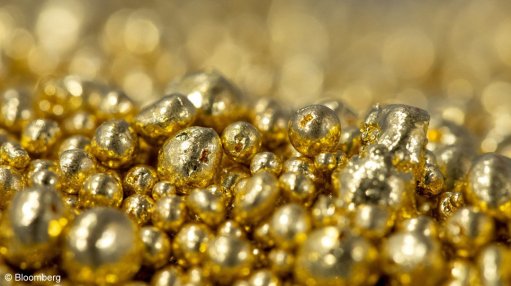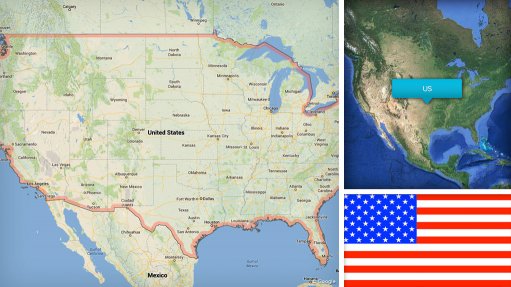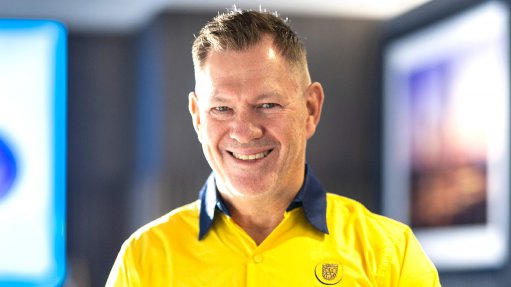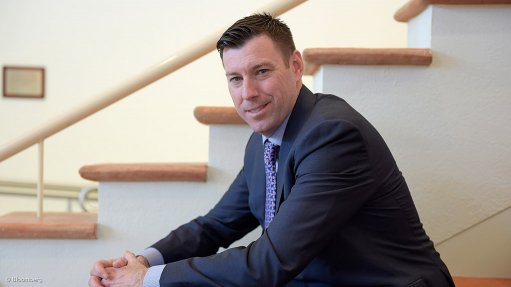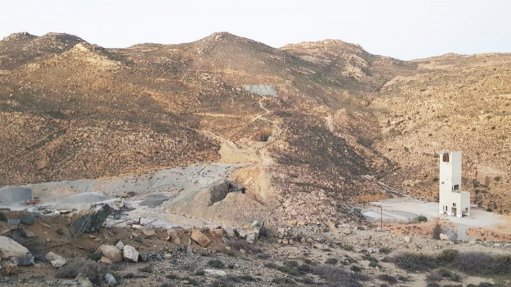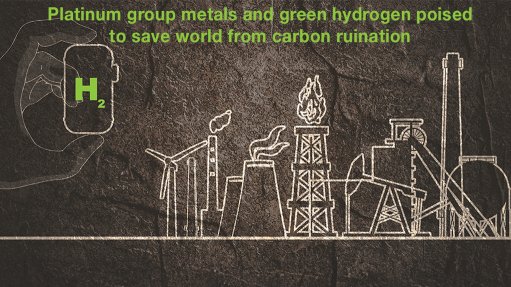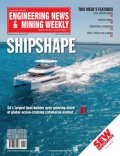Study under way to treat AMD with Moringa-based technologies
Cationic protein from the subtropical Moringa Oleifera tree could be used as an affordable treatment for acid mine drainage (AMD) caused by coal mines, local mining company Bohlaba Mines chief executive director Kaby Kabongo says.
A study currently under way by the North-West University, the University of Johannesburg, the University of Pretoria and the University of the Witwatersrand suggests that the trees can possibly remove suspended metals and improve salinity by neutralising the acidity in the runoff water.
As part of the study, the collaborating universities are investigating the development of the necessary technologies for implementation and the costs involved.
The cationic protein of the tree is said to act as a coagulant and is also able to remove turbidity from water.
“Peasant women in South Sudan, Nigeria, Nicaragua and Kenya, as well as local farmers in Limpopo, use the Moringa Oleifera to purify raw water for drinking purposes,” Kabongo says.
Researchers at the University of Namibia have also found that Moringa Oleifera acts as a coagulant on a wide range of pH levels.
Coal mining needs water to carry out processes such as coal washing and controlling dust levels. It is also used in cooling towers. However, the runoff water often seeps through mined rocks and coal, resulting in it being contaminated by metals and sulphur, which often results in AMD.
“Further, many coal mines in the Witbank and Middelburg areas, in Mpumalanga, have been abandoned. Some of these mines have collapsed and most are decanting acidic water. The water enters the local river systems and exacerbates pollution,” Kabongo states.
He notes that the sulphate concentration in the Witbank dam now regularly exceeds the 200 mg/ℓ level, compared with the acceptable norm of 120 mg/ℓ.
Further, the AMD levels in the Witwatersrand area have been estimated at 350 Mℓ/d, says Kabongo.
He states that 2 000 m3/y of AMD will be discharged into the Witbank and Middelburg dams by 2030 if the current rate of discharge persists.
These dams are said to be periodically too salinised to meet drinking water standards, while the Vaal dam, in Gauteng, and the Grootdraai dam, in Mpumalanga, are also deteriorating.
The Usutu and Komati basins, in South Africa, Swaziland and Mozambique, will suffer the same fate when intensive coal mining in Limpopo starts, Kabongo warns.
“In 2004, it was estimated that 50 000 m3/d of mine water was discharged into the Olifants river from ongoing mining operations and a further 64 000 m3/d from abandoned mines,” Kabongo notes.
Mining operations were also said to contribute to at least 78% of the sulphur content in the water countrywide. Therefore, any form of contamination of the water has far-reaching consequences, which go beyond the area being mined and its ecosystem.
He adds that treating AMD is expensive; therefore, Moringa-based technology would be cost effective, as it is a product that can be grown easily. It will also improve health and safety, create more potable water and improve inter-Africa trade.
Cost Effective
Kabongo states that the cost of treating AMD is estimated at R3 000/mℓ and adds that coal miners and the Department of Water Affairs spend millions of rands on infrastructure and water treatment.
Further, while reverse osmosis, as well as other techniques such as the Ettringite, Sparro and the Gypcix processes, is used to treat AMD to drinking-water quality, Kabongo believes that current technologies are expensive, making it difficult to alleviate the negative impacts of mining.
“Current research and development on Moringa Oleifera-based technologies aims to find an alternative to chemicals- and energy-intensive techniques that are currently used. “This project could also create local jobs through Moringa Oleifera production, but this research needs financial and social support to confirm this,” he appeals.
He concludes that South Africa is natu- rally limited in terms of water resources and that AMD is a real life-threatening problem and a national challenge, which he hopes will be alleviated through the development of Moringa Oleifera-based technology.
Comments
Press Office
Announcements
What's On
Subscribe to improve your user experience...
Option 1 (equivalent of R125 a month):
Receive a weekly copy of Creamer Media's Engineering News & Mining Weekly magazine
(print copy for those in South Africa and e-magazine for those outside of South Africa)
Receive daily email newsletters
Access to full search results
Access archive of magazine back copies
Access to Projects in Progress
Access to ONE Research Report of your choice in PDF format
Option 2 (equivalent of R375 a month):
All benefits from Option 1
PLUS
Access to Creamer Media's Research Channel Africa for ALL Research Reports, in PDF format, on various industrial and mining sectors
including Electricity; Water; Energy Transition; Hydrogen; Roads, Rail and Ports; Coal; Gold; Platinum; Battery Metals; etc.
Already a subscriber?
Forgotten your password?
Receive weekly copy of Creamer Media's Engineering News & Mining Weekly magazine (print copy for those in South Africa and e-magazine for those outside of South Africa)
➕
Recieve daily email newsletters
➕
Access to full search results
➕
Access archive of magazine back copies
➕
Access to Projects in Progress
➕
Access to ONE Research Report of your choice in PDF format
RESEARCH CHANNEL AFRICA
R4500 (equivalent of R375 a month)
SUBSCRIBEAll benefits from Option 1
➕
Access to Creamer Media's Research Channel Africa for ALL Research Reports on various industrial and mining sectors, in PDF format, including on:
Electricity
➕
Water
➕
Energy Transition
➕
Hydrogen
➕
Roads, Rail and Ports
➕
Coal
➕
Gold
➕
Platinum
➕
Battery Metals
➕
etc.
Receive all benefits from Option 1 or Option 2 delivered to numerous people at your company
➕
Multiple User names and Passwords for simultaneous log-ins
➕
Intranet integration access to all in your organisation






